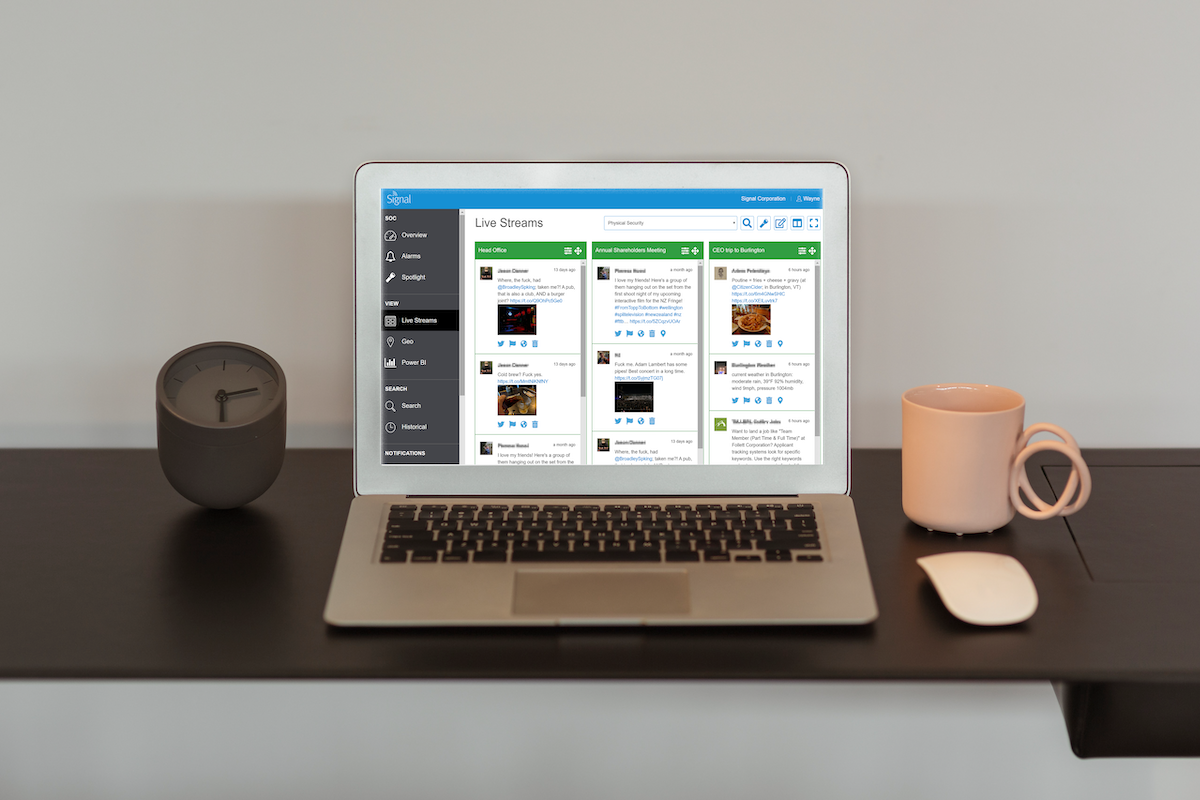Threat Intelligence for Communications and Technology Companies
Communication and technology companies form an integral part of the daily activities of many individuals, companies, and governments. This sector forms a foundation of critical infrastructure which is in part what makes it such an appealing target for cybercriminals.
A successful cyberattack on a company in this sector could see vital services for hundreds of thousands if not millions disrupted. A severed internet connection could see businesses crippled and potentially shut down entire governments.
Remaining aware of the litany of evolving threats that could be and are currently being perpetrated against communications and technology companies is a priority if they want to have any hope of defending themselves against cyber or physical threats.
Telecom operators are adept at protecting their networks, additionally, with the telecom infrastructure being the primary transport for most attacks it’s also true that cybercriminals also have to rely on this infrastructure. This limits the adversaries who directly attack telecom infrastructure largely to anti-establishment hackers.
However, today, telecom organisations are recasting themselves as technology companies - which is why this article encompasses both. For instance, they are creating mobile applications for use of VoIP calls and storing data on cloud services. The lines between technology and communications companies become even more blurred with large tech companies owning parts of the infrastructure as well as those tech companies which have crossed over into the realms of communications. Apple, Facebook, and Google being the most obvious examples.
This cross-over between communications and technology creates new risk frontiers for both communication and technology companies.
“One mounting technology concern is Internet route hijacking, also known as IP hijacking, an exploit in which adversaries corrupt Internet routing tables to ‘hijack’ packets of data. Possible solutions include the implementation of secure Border Gateway Protocol (BGP), a technology that can be used globally. However, secure BGP standards haven’t been consistently adopted, and that’s not likely to happen without government incentives.”
In addition to the growing number of cyber threats, it’s also necessary to consider threats against executives as well as supply chain vulnerabilities which might be exploited. The fact that many of large organisations operate internationally, where materials and equipment manufactured in various different parts of the world is the final part of an ever-evolving ecosystem of threats.
Threats Facing Technology and Communications Companies
Today’s cybercriminals are evolving and adapting fast, discovering and creating new vulnerabilities to exploit constantly. Addressing these threats requires telecommunications and technology companies to have access to up-to-the-minute knowledge and information about threats and vulnerabilities for a vast array of potential attack vectors.
We can divide the main threats facing the communication and technologies industries into two interrelated categories:
Threats targeting companies directly.
These include DDoS attacks, targeted attacks (APT campaigns), network device vulnerabilities and human-related threats like insider access, social engineering and the risk of allowing third parties to access information.
Threats targeting subscribers of services.
Particularly the customers of cellular service providers (CSPs) and Internet service providers (ISPs). These include malware for mobile devices, subscriber data harvesting, end-user device vulnerabilities, and more.
Mobility and the Cloud
Another key issue for these industries is the proliferation of smartphones and internet-capable devices. Despite this being a pressing concern it has been found that technology and communications companies have done little to deploy security measurements with only around 45% of organisations having a mobile device security strategy in place.
As the use of mobile devices increases so does the use of cloud computing services. The cloud has been around in its modern context since at least 2006 however, it is becoming increasingly used by modern organisations with some today 50% of operators currently using some sort of cloud service.
The use of the cloud opens up new business growth avenues and increasingly optimises workflows allowing individuals to work and manage their data from anywhere on any device. However, it simultaneously creates new attack vectors which are compounded by the use of mobile devices.
Whilst organisations share increasingly more data with third parties, vendors, partners, and customers it has been found that a striking lack of security practices exists for IoT and cloud-enabled devices.
67% had an IoT security strategy.
34% had policies for secure collection, retention and destruction of new data.
36% had implemented uniform cybersecurity policies across all IoT devices and systems.
How Communications and Technology Companies are Improving Cybersecurity
Security is everybody’s business. Any member of staff might be exploited as a weakness. In a 2018 survey it was determined that 30% of security incidents were attributed to an employee compared to 23% attributed to an external hacker and 19% attributed to third party vendors. Employees could become threats in a variety of ways, accidentally or maliciously.
For example, they could be personally hacked and extorted for access to protected data. Or they could be a victim of a phishing attack unwittingly installing malware on company devices allowing hacklers to steal packages of data. Or, it could be a location or particular executive that is physically targeted for an attack. The variety of dynamic threats means that it’s not just security teams that need be involved in and informed about threats.
One trend that is true across industries including telecom and technology companies is an increased budget for cybersecurity and threat intelligence.
“It’s predicted that global spending on cybersecurity products and services will exceed $1 trillion cumulatively over the five-year period from 2017 to 2021.”
Another measure is an increasing focus on intelligence. Threat intelligence using tools like Signal allows organisations to efficiently obtain hyper-relevant data in real-time.
How is Signal being used today to protect organisations?
Company data is discovered for sale on the dark web.
Threats to an office location are found in online discussion forums.
Signal discovers an employee sharing sensitive company information online.
Final Words
Today, information security is an advanced discipline that requires the correct technology and processes paired with a skillset based on counterintelligence techniques and supported by top executives. As technology evolves new threats will inevitably appear along with a raft of new challenges.
For companies to mitigate the risks presented by an evolving threat landscape core practices such as employee security training need to be reassessed and continuously updated based on the newest information. The convergence of mobile technology, cloud services and social networking have multiplied risks - and many operators have yet to address many of these increased vulnerabilities.
These factors call for a new approach to security, one that’s driven by the knowledge of threats, assets, and adversaries. One in which security incidents are seen as a critical business risk that may not always be preventable, but can be managed to acceptable levels.



